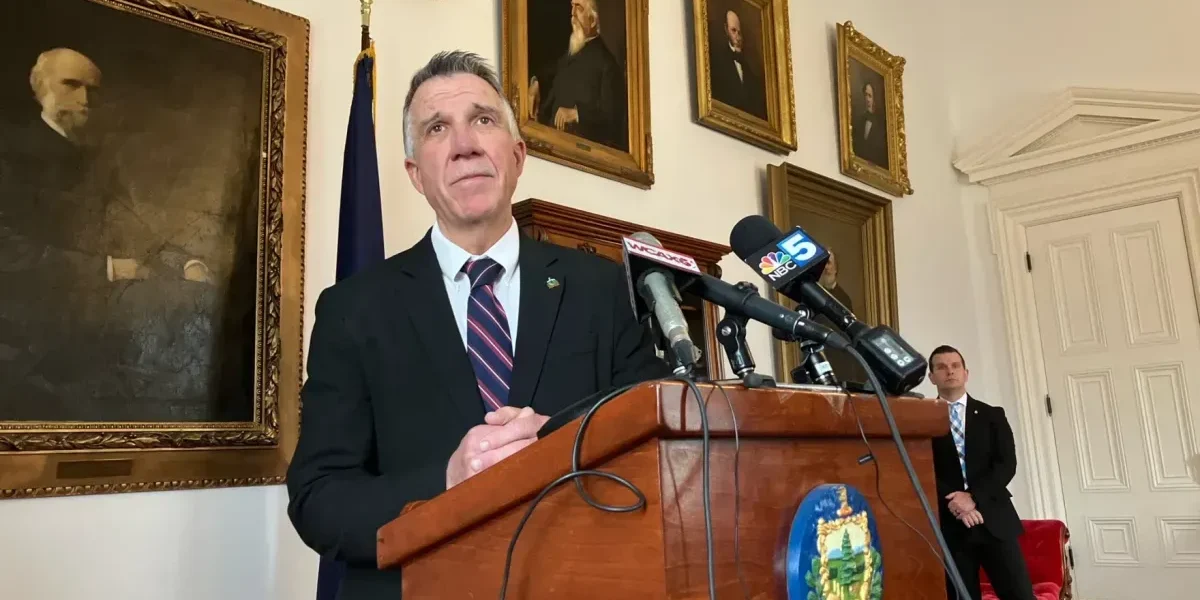Understanding the Controversial Veto Decision
In a recent turn of events, the state of Vermont found itself at the center of a heated debate as Governor made a decisive move to veto a proposed ban on flavored tobacco and e-cigarettes. This unexpected decision has sparked widespread discussion and raised pertinent questions about public health, regulatory policies, and individual freedoms.
The Rationale Behind the Veto
At the heart of the controversy lies the rationale behind the governor’s veto. Proponents of the ban argue that flavored tobacco products and e-cigarettes and harm young people, enticing them into nicotine addiction with enticing flavors such as fruit, candy, and mint. They point to alarming statistics showing a surge in teenage vaping and its associated health risks.
On the other hand, opponents of the ban, including the governor, contend that it represents government overreach and infringes upon personal liberty. They argue that adults should have the freedom to choose what products they consume, and that a blanket ban would punish responsible adult users while failing to address the root causes of underage vaping.
Public Health Concerns vs. Individual Rights
The clash between public health concerns and individual rights underscores the complexity of the issue. Advocates for the ban emphasize the need to protect vulnerable populations, particularly impressionable youth, from the harmful effects of nicotine addiction. They highlight studies linking flavored tobacco products to increased likelihood of smoking initiation among teenagers and the potential long-term health consequences.
Conversely, critics of the ban raise valid concerns about the unintended consequences of prohibitionist measures. They argue that banning flavored tobacco and e-cigarettes could drive consumers towards illicit markets, where products are unregulated and potentially more dangerous. Moreover, they stress the importance of addressing the underlying factors contributing to underage vaping, such as marketing tactics and access restrictions.
The Role of Regulation and Harm Reduction
Amidst the ongoing debate, the role of regulation and harm reduction strategies emerges as a pivotal consideration. While outright bans may seem like a straightforward solution, they often fail to address the nuanced dynamics of substance use. Instead, policymakers must explore comprehensive approaches that combine regulation, education, and harm reduction initiatives.
This approach entails implementing strict age verification measures to prevent underage access, restricting marketing tactics that target youth, and investing in public awareness campaigns about the risks of vaping. Furthermore, policymakers should prioritize efforts to support smoking cessation programs and promote less harmful alternatives for adult smokers.
Conclusion
The veto of the proposed ban on flavored tobacco and e-cigarettes by the Vermont governor highlights the complex interplay between public health objectives and individual liberties. As policymakers grapple with this issue, it is imperative to strike a balance between protecting vulnerable populations and upholding personal freedoms. By embracing evidence-based regulation and harm reduction strategies, we can strive towards a healthier future for all.




